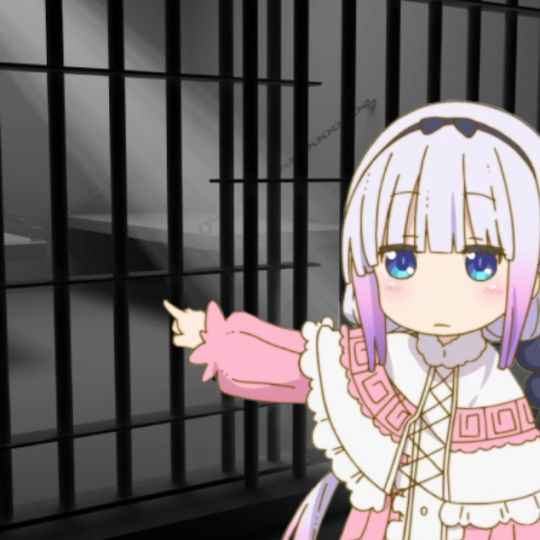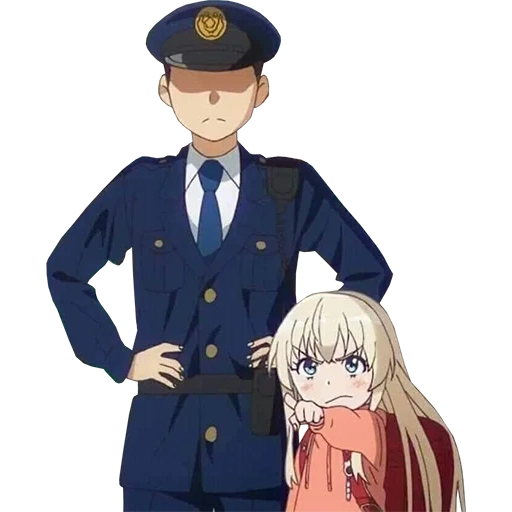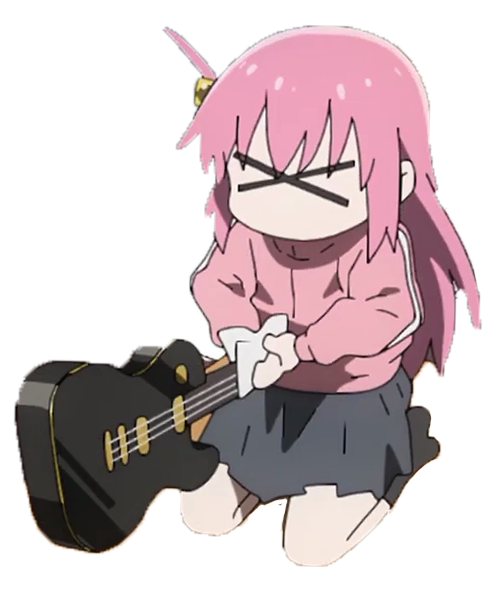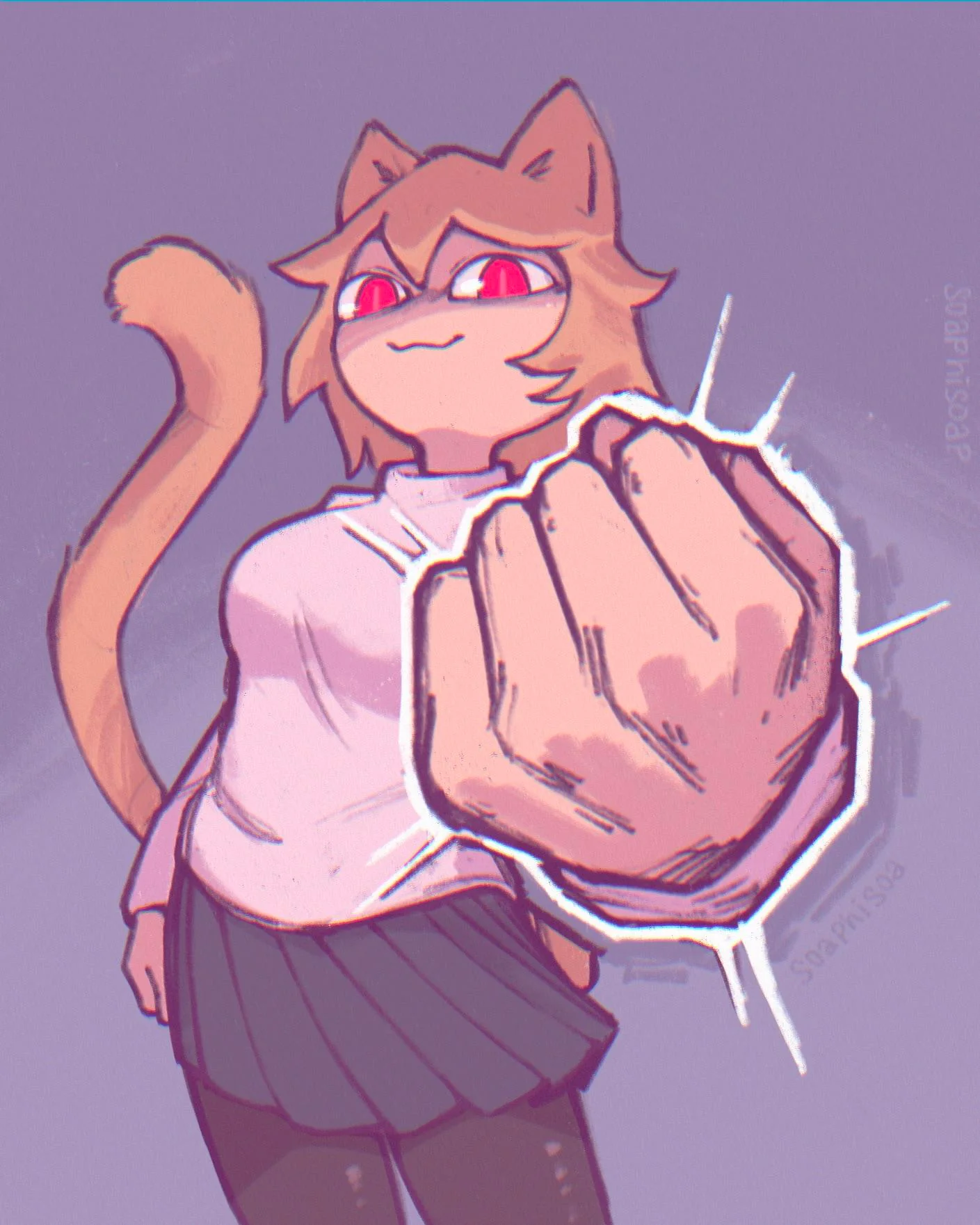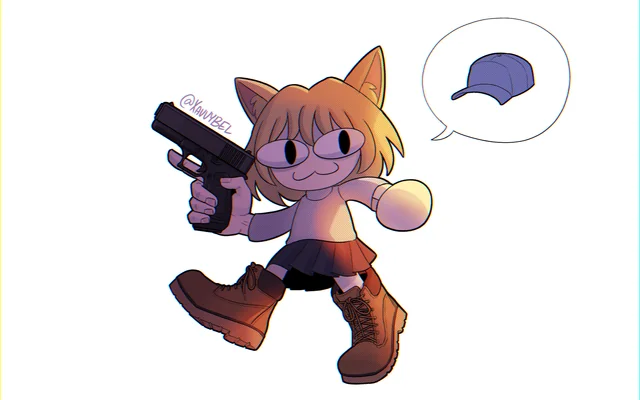Saitama Dungeon - Chapter 6
Episode 6: Dungeon
There were some unexpected incidents during the basketball class in physical education, but they were dismissed as mere accidents, and the class ended without much fuss. After that, the science class also concluded smoothly.
By that time, I had remembered everyone’s names in the class.
The name of the girl sitting next to me was Saito.
She was quite cute with braids hanging down on both sides.
After the science class, our homeroom teacher, Maekawa-sensei, came and distributed career survey forms.
It seemed I was on cleaning duty for the week, so after finishing cleaning, I, a member of the after-school club, headed home with my belongings.
Once I got home, I placed the career survey form on my desk and began researching about the dungeon that I couldn’t investigate yesterday.
By research, I mean just looking it up on my smartphone.
What’s this?
Fifteen years ago, coinciding with my birth, dungeon entrances suddenly appeared in Japan. Sixty-four of them, to be exact. Presumably all at once.
Furthermore, dungeons only appeared in Japan, despite Japan’s land area accounting for a relatively small portion of the Earth. Nevertheless, all discovered dungeon entrances were concentrated on Japanese land.
Initially, when dungeon entrances were discovered, there was speculation about their interconnectivity inside. However, so far, no interconnected points have been found inside. In essence, it’s understood that there are sixty-four independent dungeons.
The dungeons were named sequentially from the first dungeon to the sixty-fourth dungeon based on their discovery order.
Near my town, specifically about a thirty-minute bike ride from my home, there’s the third dungeon, commonly known as the Saitama Dungeon.
The official name of the Saitama Dungeon is Government Designated Special Cavity 03. It sounds kind of cool.
When the dungeons appeared, there were various incidents and accidents. Afterward, the government sealed off all dungeons by the Self-Defense Forces and began investigating them.
In a short period, it was discovered that dungeons were a treasure trove of resources.
After various upheavals, the Special Cavity Dungeon Management Agency was established, and after more upheavals, sixty-three dungeon locations were released to individuals with specific licenses.
These licenses are referred to as Special Cavity Designated Laborer Cards, but commonly known as Dungeon Licenses or Adventurer Cards.
By the way, there is one dungeon that hasn’t been publicly opened. That dungeon is the twelfth dungeon located in Nagano Prefecture, designated solely for the Self-Defense Forces, and all information regarding its activities is kept confidential.
Those who retrieve resources from dungeons are formally called Special Cavity Designated Laborers, but like Adventurer Cards, they are commonly referred to as adventurers.
Items obtained by adventurers in dungeons are bought by the Special Cavity Center, a special corporation commissioned by the government, upon exiting the dungeon. As 20% income tax and reconstruction development tax are deducted at source from the purchase price, adventurers do not need to declare their earnings from dungeons if they do not need to deduct expenses.
Therefore, most adventurers don’t declare their earnings.
Dungeon Licenses = Adventurer Cards come in five types, and the floors one can delve into are restricted depending on the type.
A-Rank License: Only up to the first floor (Light Blue License)
B-Rank License: Up to the third floor (Blue License)
C-Rank License: Up to the fifth floor (Green License)
D-Rank License: Up to the tenth floor (Silver License)
S-Rank License: No floor restrictions (Gold License)
The deepest part of the dungeons currently confirmed is the twenty-first floor of the Saitama Dungeon, as reported in a newspaper I saw at a convenience store.
However, it’s rumored that the Self-Defense Forces, who are free to use firearms, have confirmed up to around the fiftieth floor of the twelfth dungeon, although the truth of this remains unconfirmed.
A-Rank Licenses can be obtained by those aged 18 and above by passing a physical fitness test and attending a ten-hour lecture over two days. The physical fitness test itself is said to be simple, and as long as one isn’t exceptionally weak or clumsy, they are likely to pass.
Currently, there is a debate in the Diet to lower the age limit for licenses to 16 and above, and it seems it will be lowered next spring.
This means that since my birthday is July 1st, I can get my license during the first summer vacation in high school.
B-Rank and above licenses are determined by the cumulative purchase amount of items brought back from dungeons by the Dungeon Center.
For B-Rank, it’s 10 million yen. For C-Rank, 50 million yen. For D-Rank, 1 billion yen. For S-Rank, it’s 10 billion yen. By surpassing the purchase amount, one can upgrade their license to a higher rank.
Additionally, there are seven national dungeon high schools across the country. Graduating from these schools grants a C-Rank license. Therefore, their cumulative purchase amounts start at 500 million yen.
Furthermore, in the Self-Defense Forces, those who complete their own curriculum are granted a D-Rank license upon discharge. They start with a cumulative purchase amount of 1 billion yen, similar to graduates of dungeon high schools.
Currently, there are 98 S-Rank license holders.
They are called the Top 100 Adventurers. It is also said that S-Rank adventurers can know their current ranking in terms of cumulative purchase amounts at the beginning of the year. This is said to be quite motivating for S-Rank adventurers.
Although individual cumulative purchase amounts are not publicly disclosed, the average cumulative purchase amount of S-Rank adventurers is announced every year by the Dungeon Management Agency. Last year, the average cumulative purchase amount of S-Rank adventurers was 25 billion yen. It’s rumored that the top earners are probably around 70 to 80 billion yen.
Also, S-Rank adventurers can lead lower-ranked adventurers up to the 11th floor by applying to the Dungeon Center, albeit with a limit on the number of people they can lead.
In other words, having an S-Rank adventurer in a team means they can go to any floor.
It’s a dreamy world.
Furthermore, there are teams composed solely of S-Rank adventurers called Exploration Teams.
Currently, the number one team is Team “Hayate.” The second and third are “Tokyo Bombers” and “Ex-Marines”.
By the way, “Ex-Marines” is said to include retired US Marines, but in reality, they are said to be current members of the US military, particularly members of special forces.
Stairs connect different floors, and on new floors, there are monsters called Gatekeepers guarding the stairs leading to lower floors.
Gatekeepers are extremely powerful monsters, but once defeated, they do not respawn, and the stairs can be freely used thereafter.
In essence, the job of Exploration Teams is to find stairs and defeat Gatekeepers guarding them.
In web novels and such, defeating such bosses often yields treasure chests, but so far, there’s no such information.
For transporting goods, you can rent battery-powered vehicles called Crawler Carriers for a fee.
The Crawler Carrier’s shape is long and narrow, with a width of 90 centimeters and a length of 3.5 meters.
It has a folding structure in the middle, allowing
for going up and down stairs and making sharp turns at steep angles.
The reason for its narrow width is that dungeon entrances are only 2 meters wide, and furthermore, entrances and stairs are generally right-hand traffic, leaving the left side open for those exiting the dungeon.
Additionally, the Crawler Carrier can transport up to 1 ton of goods and can run for 120 hours at 5 kilometers per hour.
Since the battery is detachable, if you bring spare batteries, the operational time will increase accordingly, but the rental fee for the extra battery will be higher.
The number of Crawler Carriers is not large, and the rental fee is high, so they are mainly used by adventurers ranked C or above.
Other dungeon-related rules include:
Weapons must be deposited at the weapon storage facility inside the dungeon center upon entering and leaving the dungeon. Carrying them out is prohibited.
In cases of moving to other dungeons, weapons must be carried out, but permission must be obtained in advance.
Bringing weapons out of the designated area from the dungeon entrance to the weapon storage facility is a violation of firearms and swords control laws.
Of course, this rule does not apply to armor.
The use of firearms, explosives, gunpowder, and hazardous chemicals is prohibited. Penalties apply.
Items found inside dungeons are generally prohibited from being taken out. No penalties apply.
Of course, if one finds items like weapons, they must be deposited at the weapon storage facility or sold.
Weapons sold at weapon stores are assigned IDs and linked to the buyer’s (adventurer’s) license.
Regarding weapons found inside dungeons, if they are not sold and are to be used by the owner, they must be engraved (usually laser engraved) at the weapon storage facility or tagged with the user’s license.













